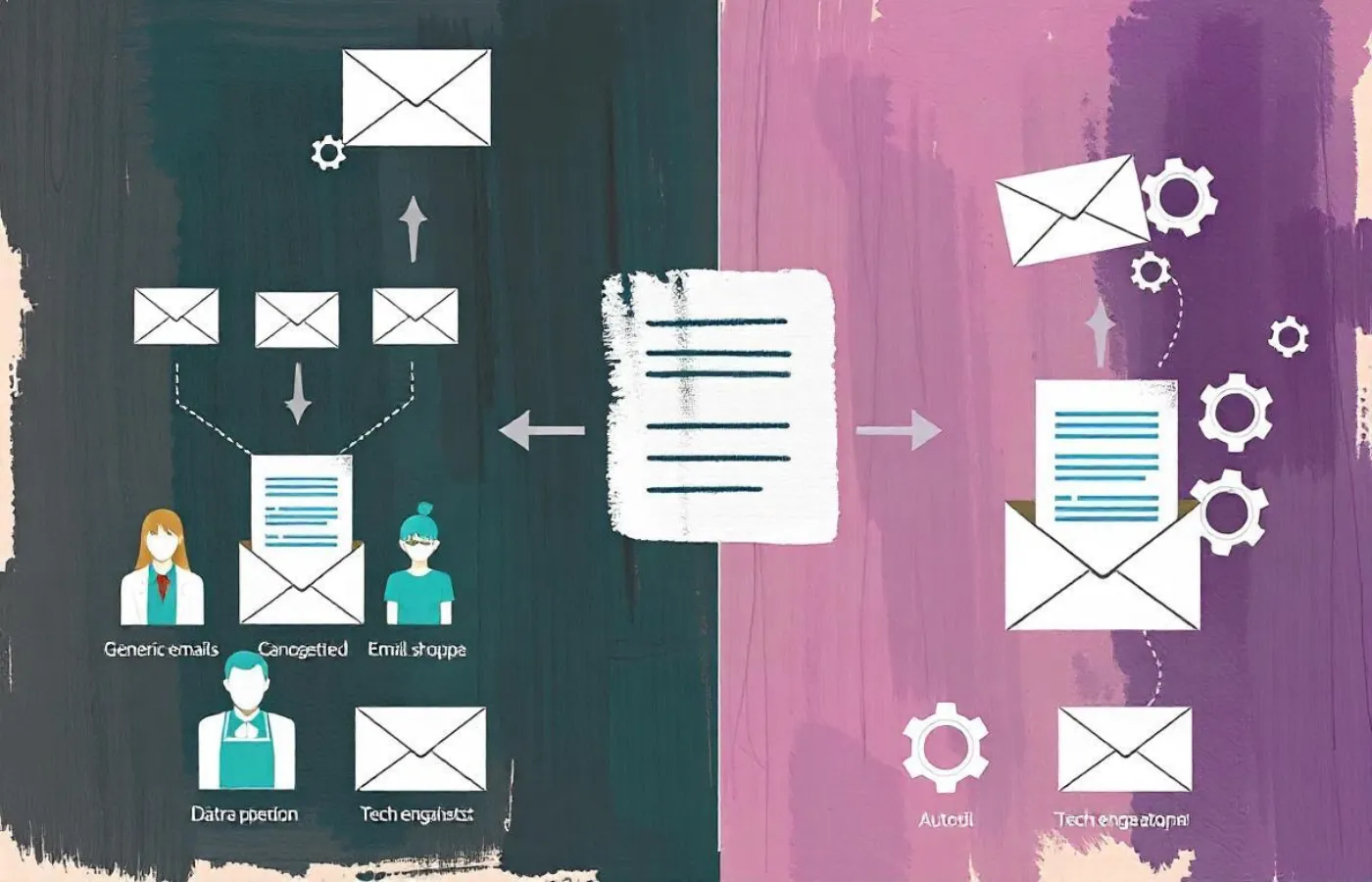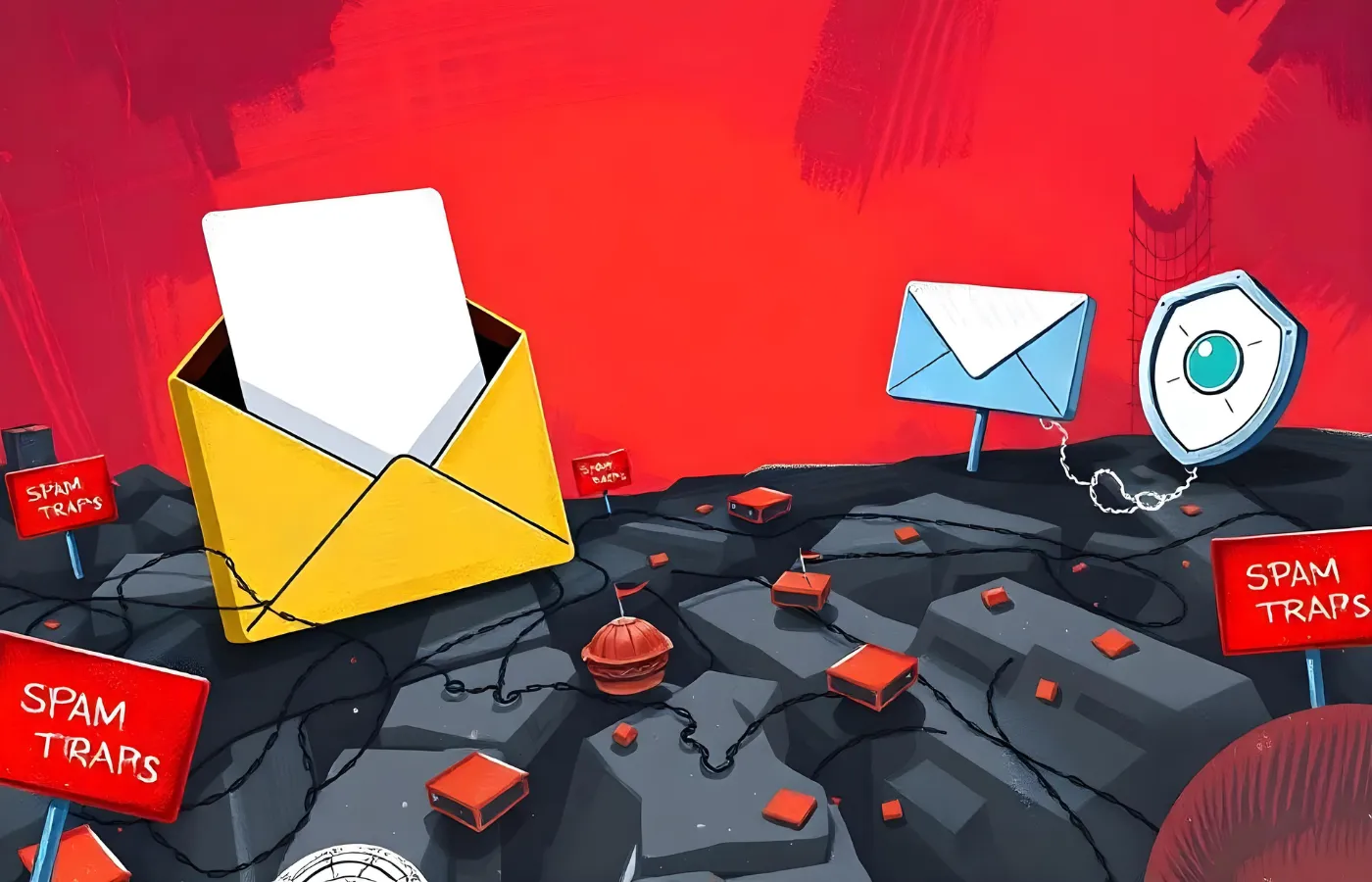Introduction
Imagine crafting the perfect cold email, tailored to grab attention and designed to land in a potential lead’s inbox. You click “send,” and instead of seeing replies, you’re left wondering what went wrong. Your emails didn’t reach the inbox but landed in the dreaded spam folder. Unfortunately, this is a common scenario for many businesses that rely on cold emails for outreach.
Email deliverability is the key to getting your cold emails into inboxes instead of spam folders. In an increasingly competitive digital landscape, having automation tools that enhance deliverability can make the difference between success and failure in email marketing.
Let’s examine how automation tools can improve your email deliverability and keep your cold emails out of the spam folder.
Understanding Email Deliverability
Email deliverability refers to the success rate of your emails reaching recipients’ inboxes instead of getting flagged as spam. This involves many factors, such as sender reputation, content, and recipient behavior. Cold emails, being unsolicited, face a higher risk of triggering spam filters, making it harder to reach your audience.
Automation tools are essential here, as they help address the key aspects that influence email deliverability, ensuring your emails land where they’re meant to—in the inbox, not the spam folder.
Maintaining a Clean Email List
An outdated or unverified email list is one of the biggest culprits of poor email deliverability. Sending emails to incorrect or inactive addresses leads to hard bounces, harming your sender’s reputation. The worse your reputation, the more likely your emails will be flagged as spam.
Automation tools help by continuously cleaning your email list. They automatically verify addresses, remove duplicates, and flag inactive or incorrect emails. This ensures your list is up-to-date, improves deliverability, and keeps your emails out of the spam folder. By reducing bounces, you protect your sender’s reputation, making it easier for your emails to reach your audience.
Segmenting Your Audience for Better Targeting
Not every email fits every recipient, and sending blanket emails to unsegmented lists often leads to poor engagement. Irrelevant emails are ignored and more likely to be marked as spam by recipients. To avoid this, automation tools allow you to segment your audience based on factors like interests, engagement levels, or demographics.
With segmented email lists, your content becomes more relevant to the recipient, boosting engagement and minimizing the chances of being marked as spam. Targeting the right people with the right message also improves your email deliverability, as engaged recipients are less likely to flag your email as spam.

Warming Up Your Sending Domain
If you’re using a new email domain or have a new IP address for your cold email campaigns, sending a high volume of emails immediately is a mistake. Sending hundreds or thousands of emails at once can trigger spam filters, flagging your domain as suspicious and pushing your emails directly into the spam folder.
Automation tools help “warm up” your domain by gradually increasing your email send volume. This allows email service providers (ESPs) to grow accustomed to your sending behavior, helping you avoid spam flags. Over time, as your domain builds credibility with ESPs, your emails will have a higher chance of reaching inboxes rather than spam folders.
Personalization: The Key to Staying Out of Spam Folders
One-size-fits-all emails lack the personal touch that recipients expect. Generic cold emails can come off as spammy, leading both spam filters and recipients to treat them as such. Personalization is one of the most effective ways to increase email engagement and stay out of the spam folder.
Automation tools make personalization at scale possible. By allowing you to dynamically insert fields like the recipient’s name, company, or specific business needs, your emails feel more relevant and less like mass mailings. This improves open rates and engagement and, most importantly, keeps your emails from being flagged as spam.
Optimizing Sending Times
Another crucial factor in email deliverability is the timing of your emails. Sending too many emails too quickly or sending them all at once can overwhelm email servers and trigger spam filters. Automation tools allow you to schedule emails for delivery at optimal times when recipients are more likely to engage with them.
Using these tools, you can schedule emails based on time zones, past engagement data, or peak activity times. This ensures that your emails are delivered when recipients are most likely to check their inboxes, increasing open rates and minimizing the risk of being sent to the spam folder.
Throttling Your Email Sends
Sending too many emails simultaneously can set off spam alarms, even if your intentions are good. Email throttling is a strategy to reduce this risk by sending emails in smaller batches over time. Automation tools can throttle email sending, automatically spacing out your email sends to avoid overwhelming recipients or triggering spam filters.
This controlled sending increases the chances that your emails will land in inboxes rather than spam folders, while also giving you better control over how and when your emails are delivered.
Avoiding Spam Traps
Spam traps are email addresses set up by ISPs or anti-spam organizations to catch spammers. Sending emails to these addresses can damage your sender’s reputation and cause your emails to be flagged as spam. Spam traps usually end up in email lists when senders use outdated, purchased, or poorly verified lists.
Automation tools can help you avoid spam traps by regularly cleaning and verifying your email lists. They identify and remove invalid or suspicious addresses, ensuring that your emails are sent only to legitimate recipients.

Crafting Subject Lines and Content that Avoid Spam Filters
Your subject line and email content significantly determine whether your email ends up in the inbox or the spam folder. Spammy-sounding subject lines, overly promotional language, and excessive use of images or links can all trigger spam filters.
Automation tools allow you to A/B test subject lines and email content to find the best-performing options that drive engagement without being flagged. By testing different versions of your emails, you can identify what resonates with your audience and avoid spam filters.
Tracking and Optimizing Email Campaigns in Real-Time
One of the most significant advantages of using automation tools is the ability to track the performance of your cold email campaigns in real time. You can monitor key metrics like open, bounce, and click-through rates to see how well your emails perform.
If you notice that a particular campaign isn’t delivering as expected, automation tools give you the flexibility to adjust your approach. Whether it’s changing your email content, tweaking your subject line, or refining your audience segmentation, real-time data helps you make informed decisions to improve your email deliverability.
Cold email campaigns can be highly effective, but only if your emails actually make it to the inbox. Maximizing email deliverability is the key to ensuring your cold emails reach their intended audience, and automation tools are your best ally in this effort.
From maintaining a clean email list and warming up your domain to optimizing your content and sending times, automation tools streamline the cold email process while keeping your emails out of the spam folder. With the right tools and strategies in place, you can increase your email deliverability, improve engagement, and turn your cold email campaigns into a successful lead-generation machine.


